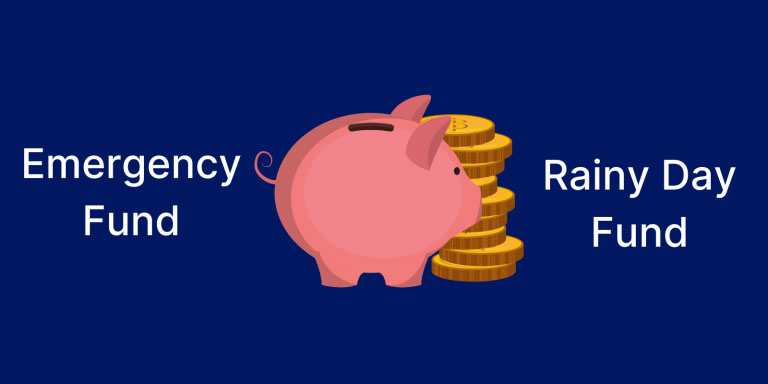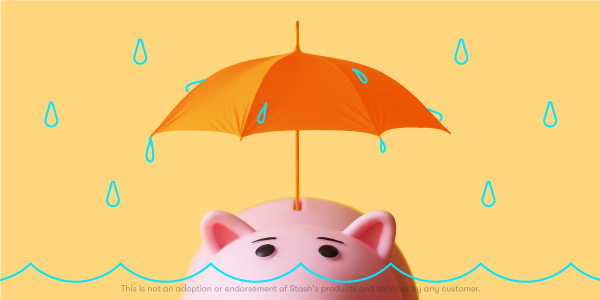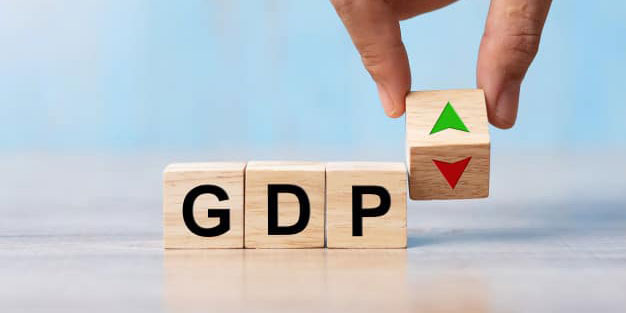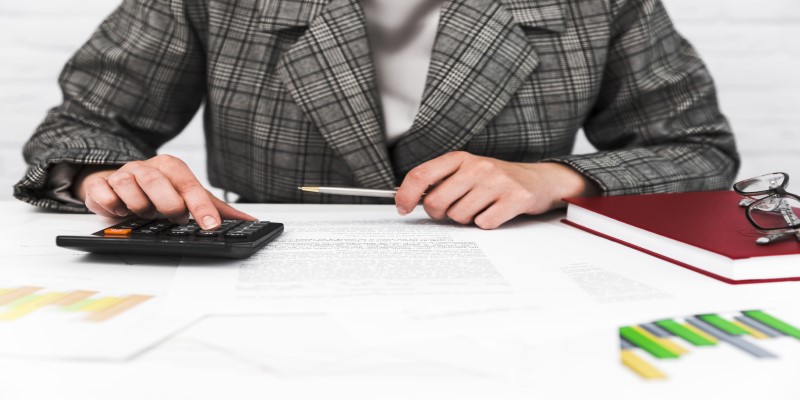Jan 21, 2024 By Triston Martin

Introduction
The optimal time to start saving is as soon as possible once you start earning money. Understanding how to budget and save for the unexpected is essential because life is always full of surprises. The inability to save enough money is, sadly, quite prevalent. In the United States, 28% of adults said they would have trouble making ends meet if they had to pay a $400 emergency payment.
A cost of $400 might not seem excessive at first, but the fact that it came out of nowhere is what could catch you off guard. Your budget likely doesn't account for anything that isn't included. In addition, if you don't have any cash on hand, you may need to use credit cards to cover an unexpected expense. A savings account is helpful during times like these. You should save something in case something unexpected, but not impossible, comes up. A rainy day fund is like an emergency fund in some ways but not others.
Rainy Day Fund
A rainy-day fund is a smaller version of an emergency fund set aside for unexpected, one-off expenses. A rainy day fund of between $500 and $1,000 can give you peace of mind that you can handle unexpected expenses like auto repairs, appliance replacements, etc., without exceeding your usual monthly spending limit. Simply put, a rainy day fund is different from an emergency fund. Funding amounts and intended purposes are the primary distinctions. Save up in advance for smaller, unexpected costs like new tyres or appliance repairs using a "rainy day" fund.

Emergency Fund
An emergency reserve, which is more extensive than a rainy-day fund, should include enough money to cover three to six months of spending. Multiply your monthly outlays by three or six to understand how much money you should have set aside for an unexpected bill. This fund can be accessed only if there is a significant, unanticipated financial emergency, such as the loss of income due to joblessness or severe sickness. An emergency fund is meant to be used in times of crisis. Having a financial safety net is essential for weathering the inevitable storms of life. It would help if you had three to six months' worth of living costs in an emergency fund. Such funds will be used in the event of a more significant setback, such as a job loss or an illness that prohibits you from working.
When Should I Budget For An Emergency Or Rainy Day Fund?
You can purchase your future tranquilly by putting money away in a savings account and an emergency fund. Transferring funds as often as possible, or at least once a month to keep a steady cash flow, will help you get ahead and give you the peace of mind from knowing you have money set aside.
Creating A Rainy Day Fund And An Emergency Fund
You can get more of your monthly paycheck by adjusting your withholding with the IRS. Put it aside for an emergency. Instead, set aside money each time you receive extra cash, such as a bonus or income tax refund (around two-thirds of the population gets one). The typical return from the IRS is $3,000. If you're getting a tax return, you can divide it into as many as three different accounts. Use whatever raise you to receive to bolster your emergency savings.
Contact your company's human resources department to arrange for automatic deductions from each paycheck to be placed in a savings account for emergencies. If you can pay off a car loan or a student loan early, you should put the money you previously used to make those payments into an emergency fund. Bogosian recommends starting an emergency fund if you have between $1,000 and $2,500 saved (for example, saving $20 each week for a year is $1,040, and $50 per week takes you to $2,600).
How Do I Start Saving?
To begin, decide how much you'd like to have saved in your emergency fund and your "rainy day" fund—making even a small monthly payment can go a long way toward building up your emergency and rainy-day reserves. By including the necessary sums into your regular expenditures, you can establish a savings goal that is reasonable for you. Maximizing your retirement savings as soon as possible is a good idea, so it's wise to up your contributions when you have a windfall. Knowing that you have a cushion for the unexpected means, you can focus on other savings goals. It is essential to keep the two accounts separate so you can quickly identify the source of each payment.

Conclusion
Having some savings stashed away in case of emergency expenditures like fixing a busted muffler on the side of the road, losing one's job unexpectedly, or getting very ill is crucial. However, putting money aside to fix your car and preparing for a significant life event may require two kinds of savings plans, an emergency fund and a rainy-day fund.
-

Total Visa Credit Card
Nov 30, 2023
-

Unlocking the Potential: Investing in Real Estate with Your IRA
Nov 21, 2023
-

Reverse Mergers Advantages and Disadvantages
Feb 12, 2024
-

Analyzing the Business Model and Revenue to Understand How Does Fortnite Makes Money
Dec 06, 2023
-

Gross Domestic Product
Oct 04, 2023
-

How do police catch uninsured drivers?
Nov 26, 2023
-

The Art of Financial Optimization: Cheapest to Deliver (CTD) Unveiled
Dec 29, 2023
-

Who Should Get Settlers Life Insurance?
May 10, 2024



